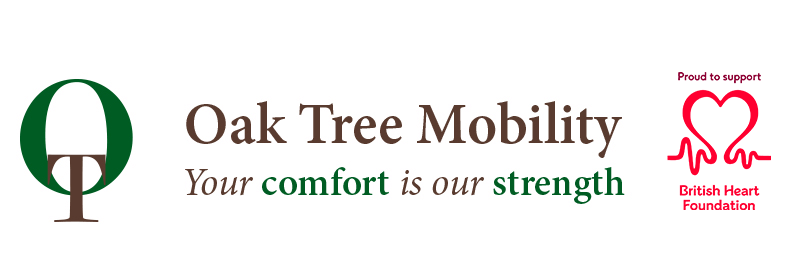When you wake up with a high temperature and a bad case of the shivers, your first thought is probably that you’ve caught a cold.
But how do you know when your symptoms are an indicator of something more serious?
Sepsis is a condition that has been in the news a lot recently. A recent study found that sepsis deaths in England have risen dramatically. Coronation Street even ran an emotional storyline about sepsis last year.
Yet despite attempts to raise the profile of this deadly condition, awareness remains low. So what is sepsis, and what are the symptoms you should be on the lookout for?
What is sepsis?
Sepsis is a potentially life-threatening complication of an infection. It can be triggered by an infection anywhere in the body.
Usually, when we develop an infection, our immune system kicks in to fight it and stop it spreading. When an infection is limited to one place in the body, it’s known as a localised infection.
One way that our bodies stop infection spreading is by creating tissue swelling or inflammation. If your immune system is weakened, the infection may spread, causing your immune system to go into overdrive. This inflammation can then affect your entire body.
This can cause inflammation to affect your entire body, damaging tissue and interfering with blood flow. In turn, this stops oxygen reaching vital organs and tissues.
There are around 123,000 cases of sepsis a year in England and around 37,000 people die of the condition annually – that’s more than die in road traffic accidents. Anyone can develop the condition, but those who are most at risk include:
- People with a weakened immune system
- People with long-term health conditions, such as diabetes
- People who are already in hospital with a serious illness
- People who are very old or very young
- People who have just had surgery or who have recent wounds or injuries
Early symptoms
The early symptoms of sepsis are often mistaken for those of a cold or the flu. They include:
- A high temperature (fever) or low body temperature
- Chills and shivering
- A fast heartbeat
- Fast breathing
The NHS recommends seeking urgent medical advice from your GP or calling 111 if you’ve recently had an infection or injury and are exhibiting any of the early signs of sepsis.
Sepsis is diagnosed based on simple measurements such as your temperature, heart rate, and breathing rate. You may also need to have a blood test. If it’s caught early enough and before it affects any of your vital organs, it may be possible to treat at home with antibiotics.
If sepsis has developed, you may need to be admitted to hospital for treatment where you’ll be given antibiotics to fight the infection, and fluids to prevent dehydration and kidney failure. Your body’s oxygen demand also goes up if you have sepsis, so you may be given oxygen if your blood oxygen level is low.
If you suspect you have sepsis, it’s important to seek treatment quickly. The condition can lead to multiple organ failure and death, but it is treatable if it’s caught early. Most people will make a full recovery with no lasting problems.
I’ve heard of septic shock. Is this the same as sepsis?
An individual can have sepsis without going into septic shock. Septic shock occurs when an individual’s blood pressure drops to a dangerously low level after an infection.
It can occur as a complication of sepsis, or if sepsis is left untreated.
The drop in blood pressure reduces the amount of oxygen that reaches the body’s vital organs. This stops them working properly and can result in death if left untreated.
You can find out more about septic shock and the most common symptoms on the NHS website.








I’ve just been let out of hospital after having sepsis which went to my brain. My husband was called in to arrange my funeral because the doctor was sure I wasn’t going to make it. But obviously my body fought it and I came round again. But I lost a week and a half of my life. I can’t remember a thing!